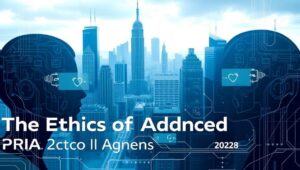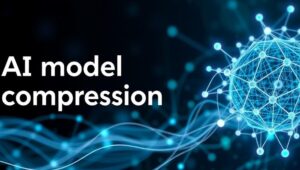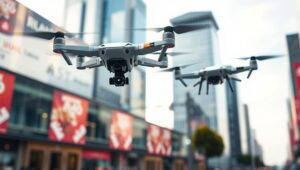May 23, 2025
The Future of Web Frameworks: Trends for 2026 and Beyond
The Future of Web Frameworks: Trends for 2026 and Beyond The landscape of web development is in constant flux. As we look ahead to 2026 and beyond, several key trends are poised to reshape the way we build web applications. This article explores the emerging technologies, methodologies, and paradigms that will define the future of web frameworks. Focus on Serverless Architectures Serverless computing is rapidly gaining traction, and this trend will only accelerate in the coming years. Web frameworks are adapting to leverage serverless platforms like AWS Lambda, Google Cloud Functions, and Azure Functions. This allows developers to focus on












